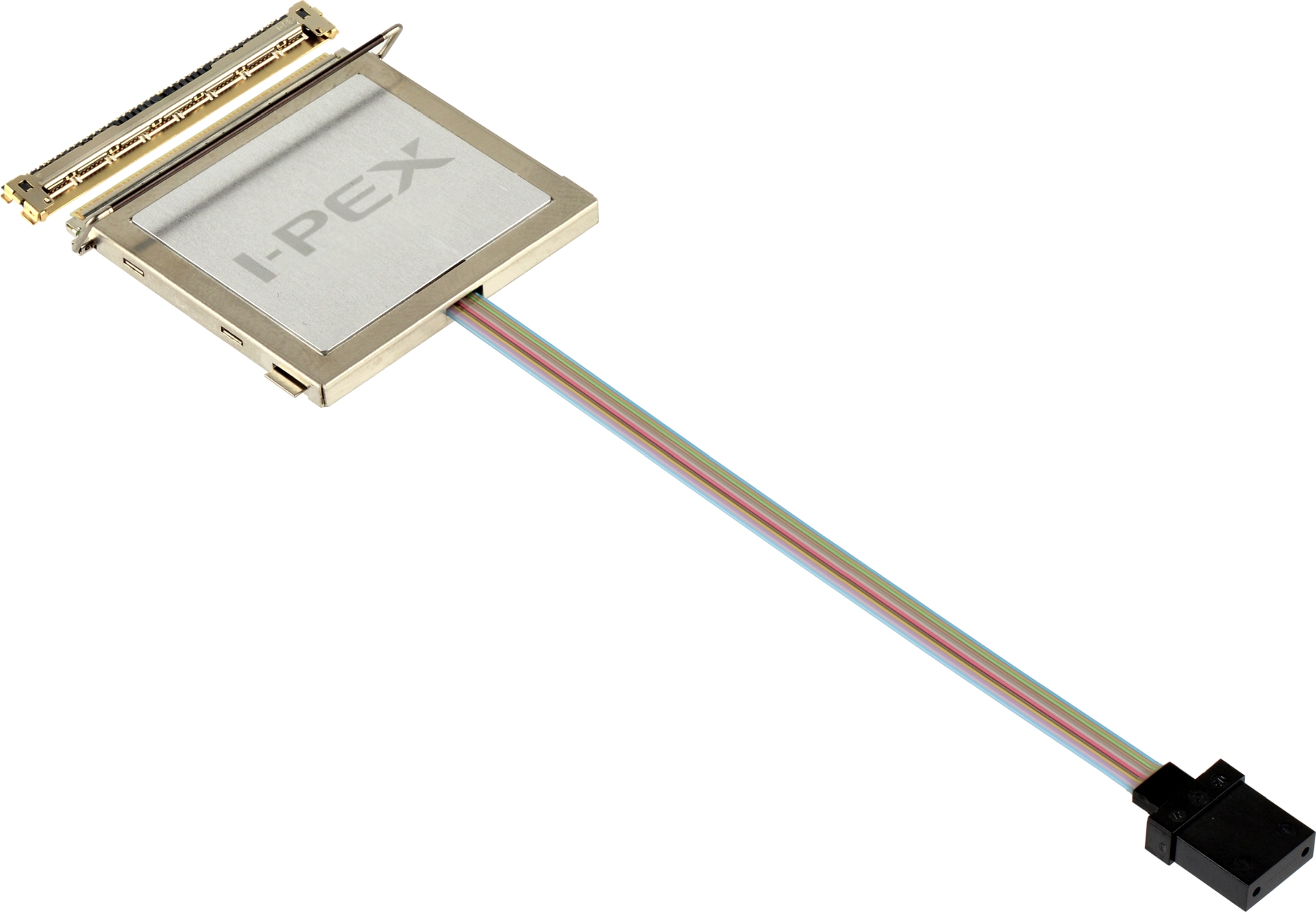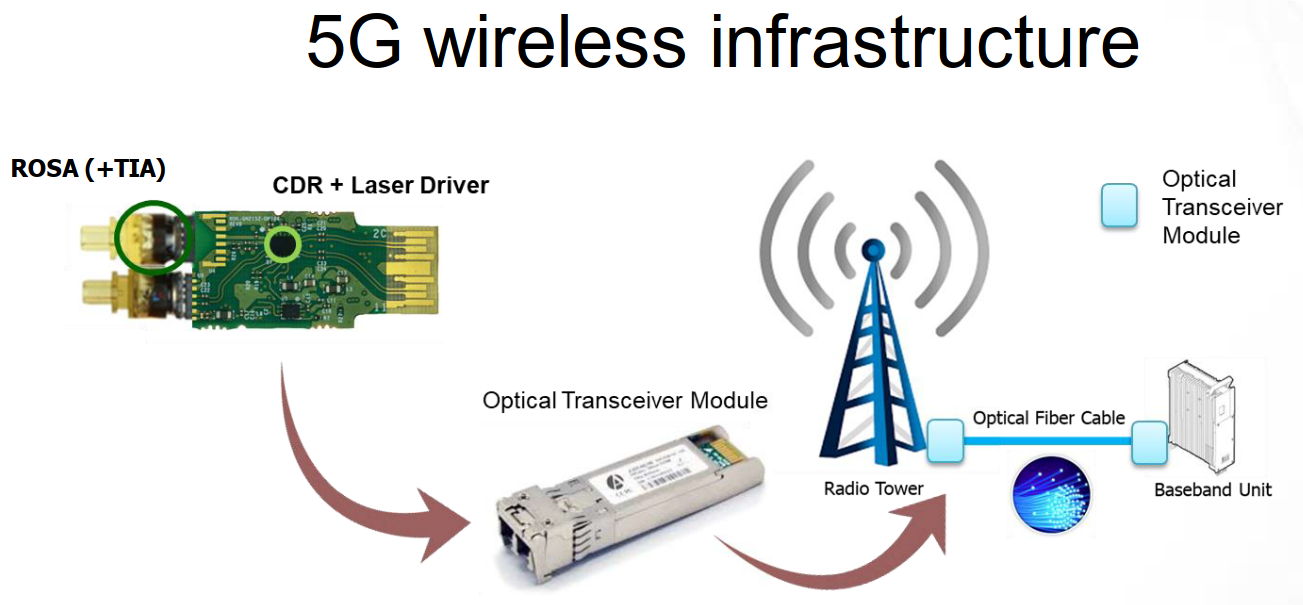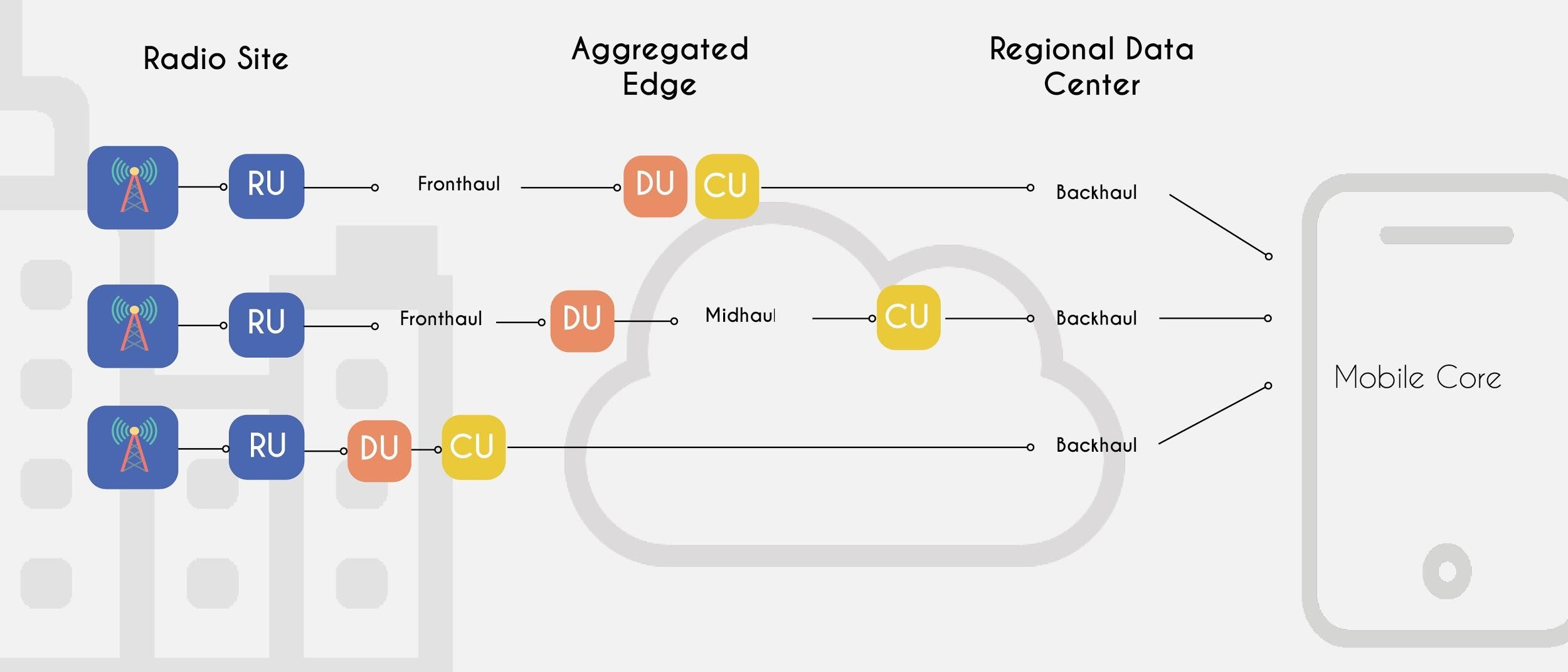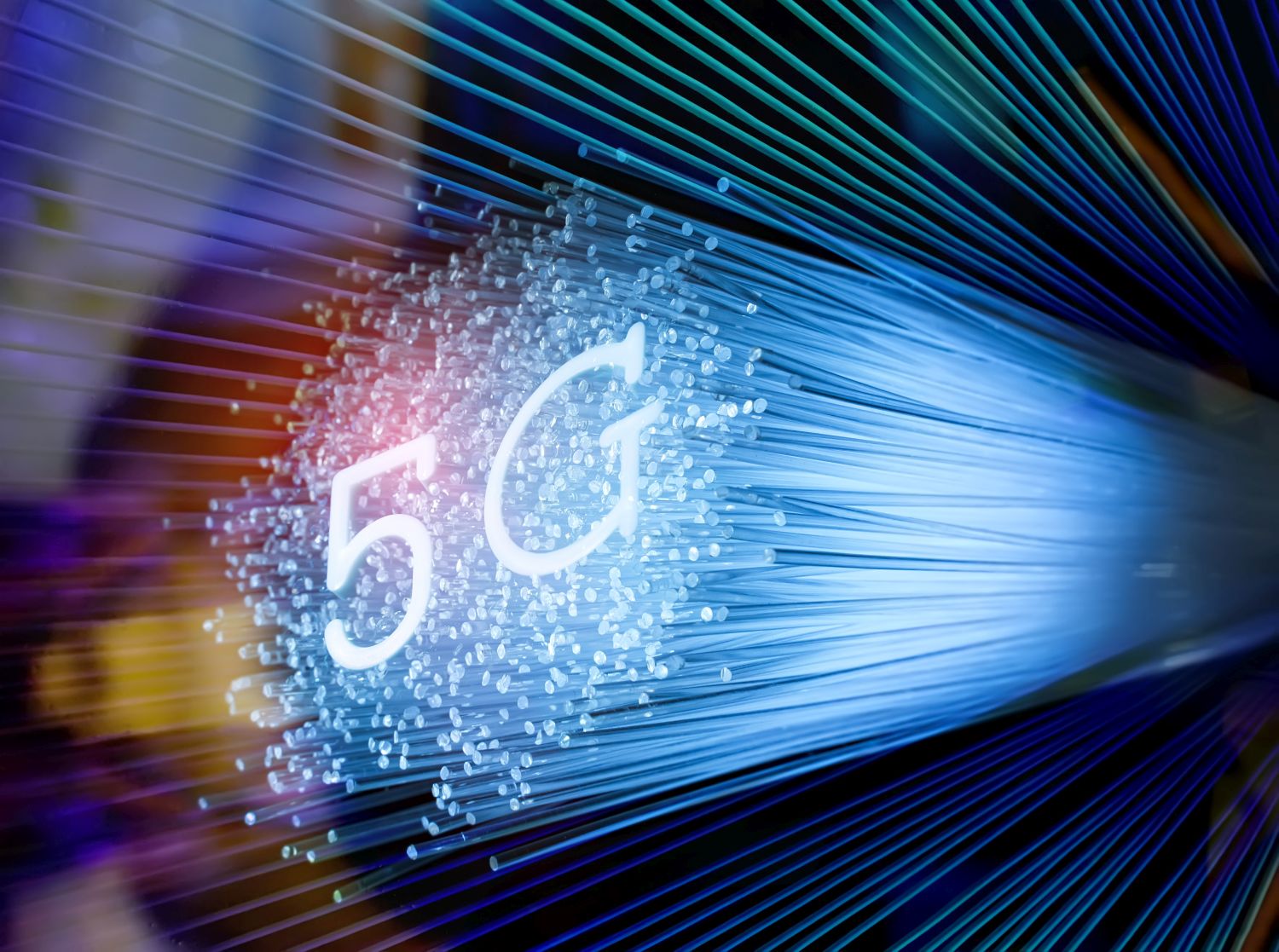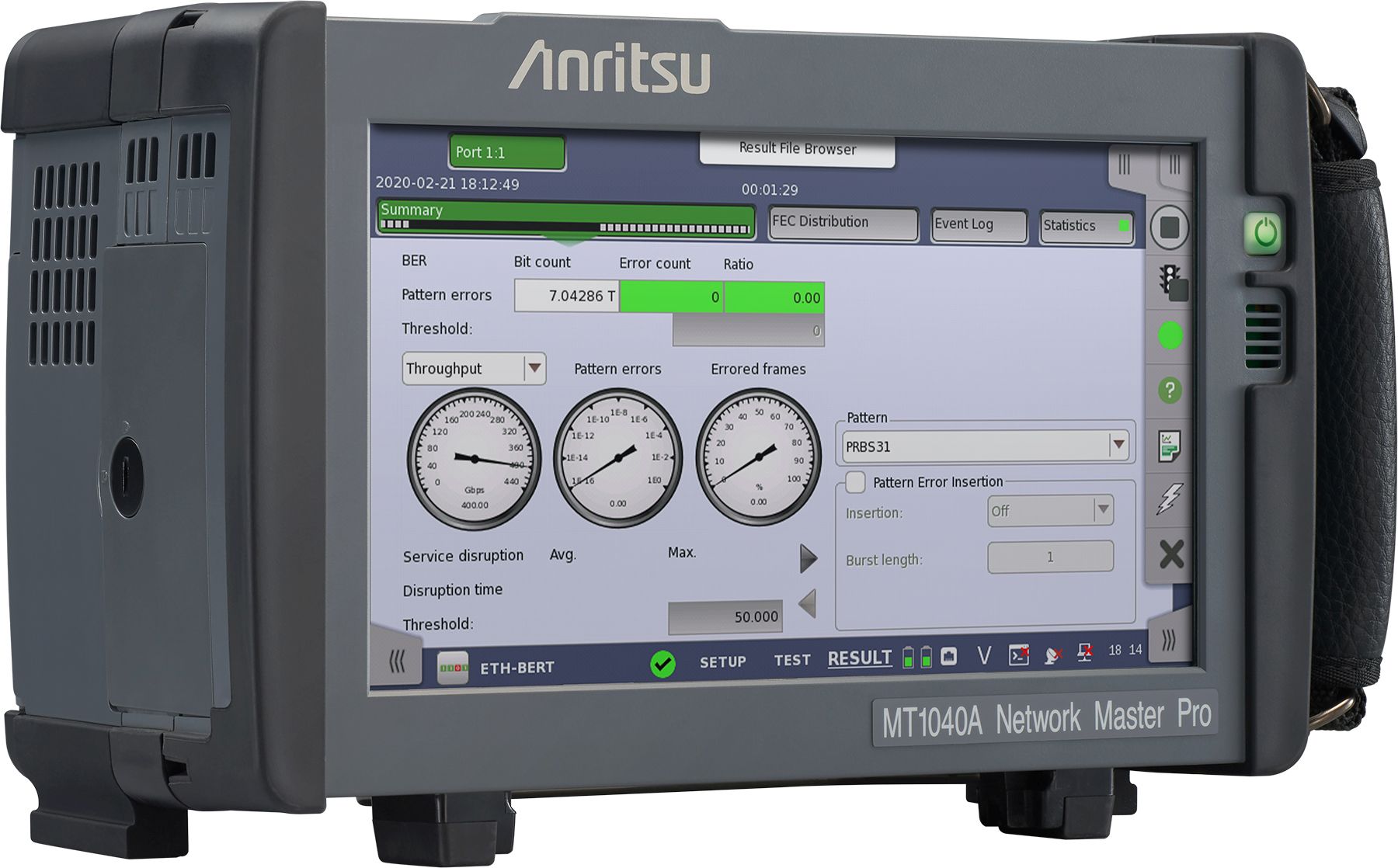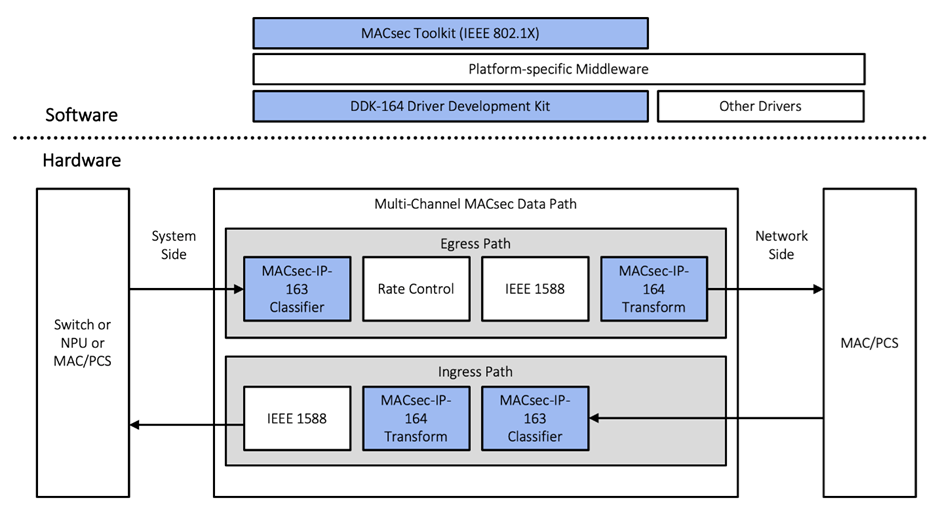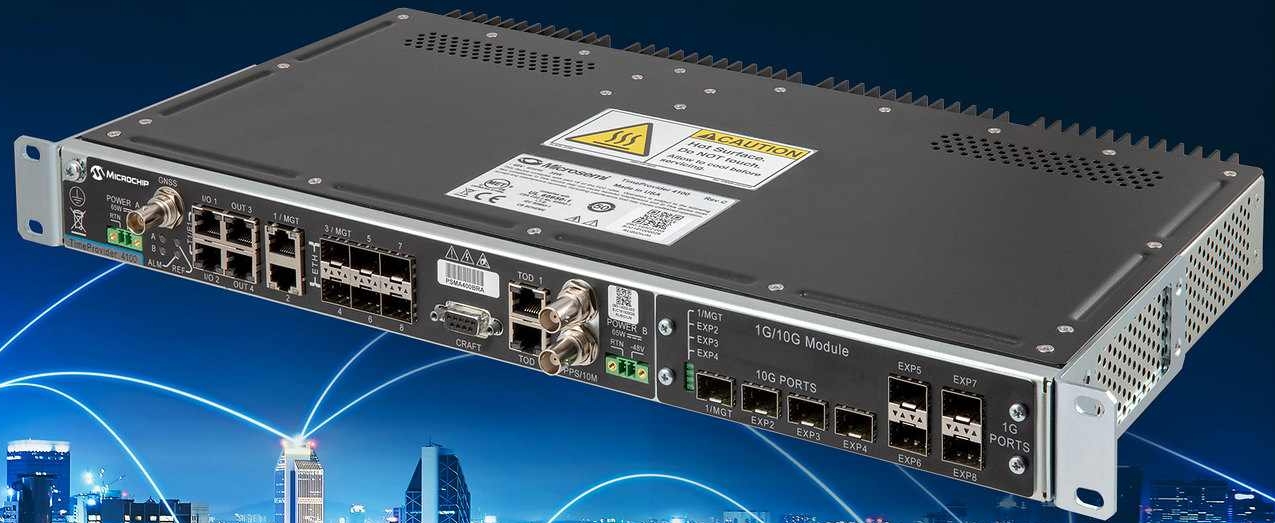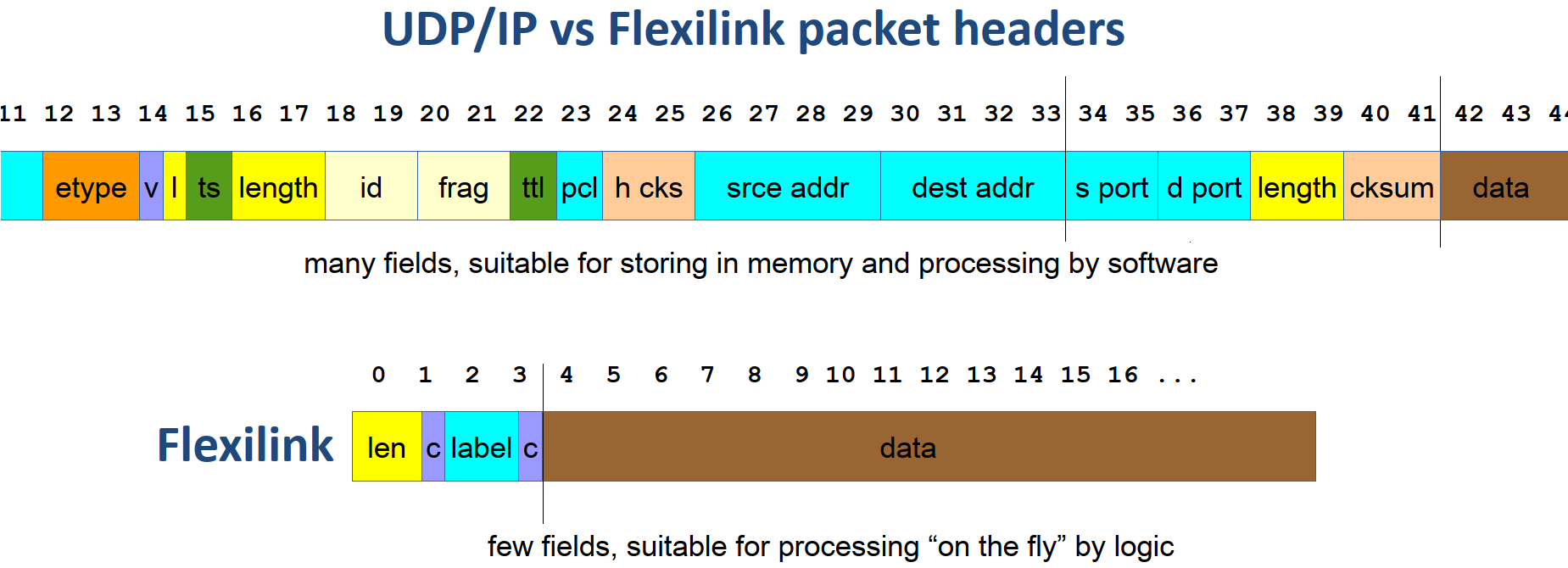The Lightpass-EOB 100G from I-Pex shortens PCB traces, thus improving BER.
Interview: Lower fiber losses mean fewer errors
Corning’s Roshene McCool explains how the SMF-28 Contour fiber reduces light losses, installation costs, and operating costs in fiber connections for 5G, computing, and datacenters.
CDR chip supports 50 Gbps data streams
The GN2255 clock-data recovery chip from Semtech cleans signals in 50 Gbps PAM4 data streams and integrates an optical laser driver.
Video: Panel highlights Open RAN technology and policy
Representatives from Open RAN suppliers and users explain how how government policy can affect the ongoing development and deployment of 5G networks.
More than wireless: 5G deployment needs power and fiber
In this video, 5G Technology World interviews Corning’s Michael O’Day about composite cables use to deliver both power and light to 5G small cells.
Portable 5G/Ethernet tester takes to the field
The MT1040A from Anritsu analyzes traffic on 5G, Ethernet and other optical and electrical networks.
Load Testing: An important function in Open RAN deployment
Video: VIAVI Solutions has added load testing to its 5G network test equipment, but load testing is just one part of interoperability and compliance testing of the open RAN. 5GTW interviewed VIAVI’s Owen O’Donnell to learn about testing Open RAN.
Speeds go up, security gets harder
Rambus recently introduced IP that adds a security stack to support 800 Gbps communications links. You might think, “what does speed have to do with security?” Speed does matter in security.
Grandmaster clock gets enhancements
Microchip’s TimeProvider 4100 adds virtual Precision Reference Time Clock support, transferring time throughout a network. With IEEE 1588 moving into 5G networks, having a grandmaster clock becomes essential for the protocol to distribute time around a network. Microchip’s IEEE 1588v2 grandmaster clock, TimeProvider 4100 Release 2.1, adds features such as virtual Precision Reference Time Clock…
Internet Protocol: The workhorse becomes the bottleneck
The Non-IP Networking group within ETSI seeks to reduce the packet overhead of Internet Protocol because it’s become a bottleneck in today’s high-speed mobile networks. Internet Protocol (IP) is one of the technologies that made the internet a reality. Occupying Layer 3 of the Open Systems Interconnect network model, IP works on the premise that…

